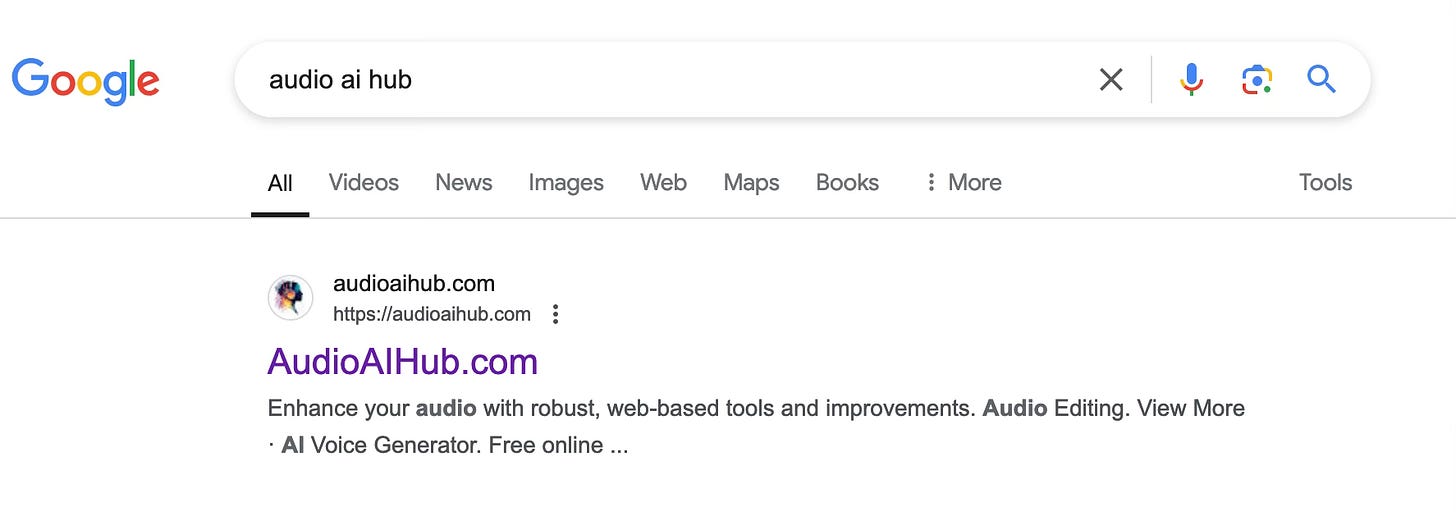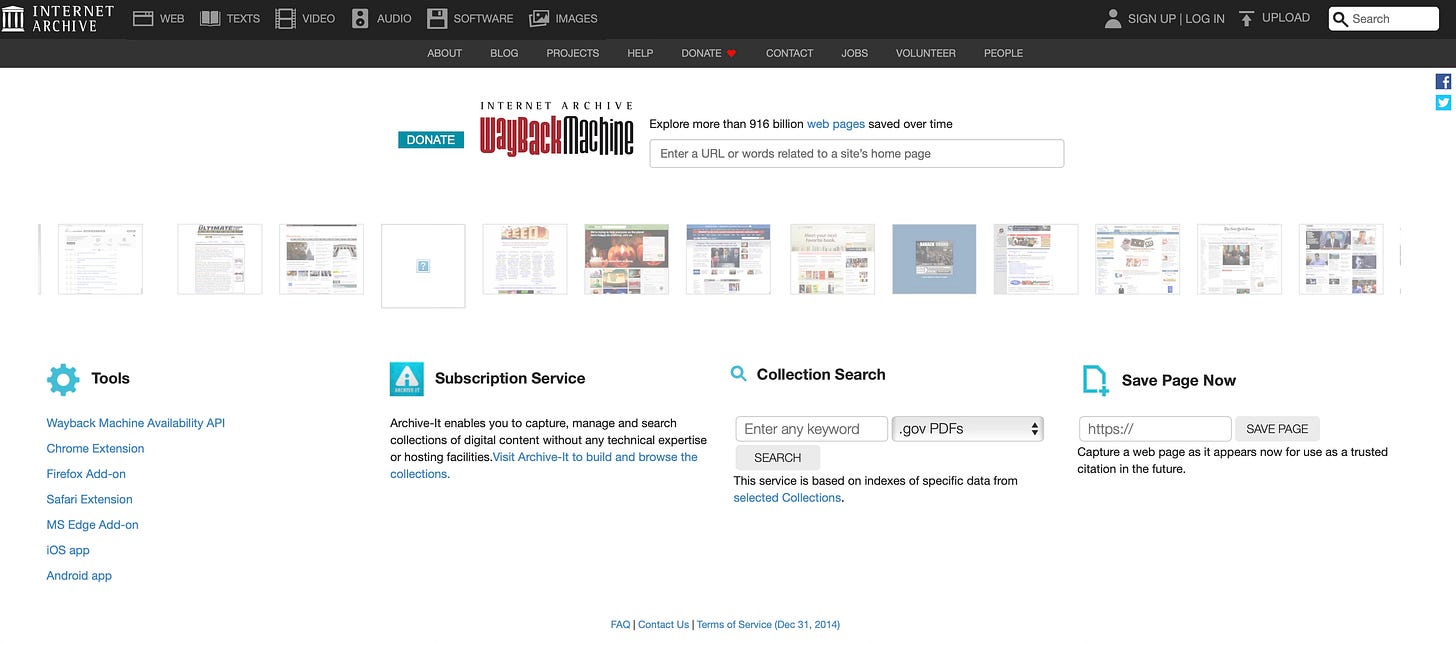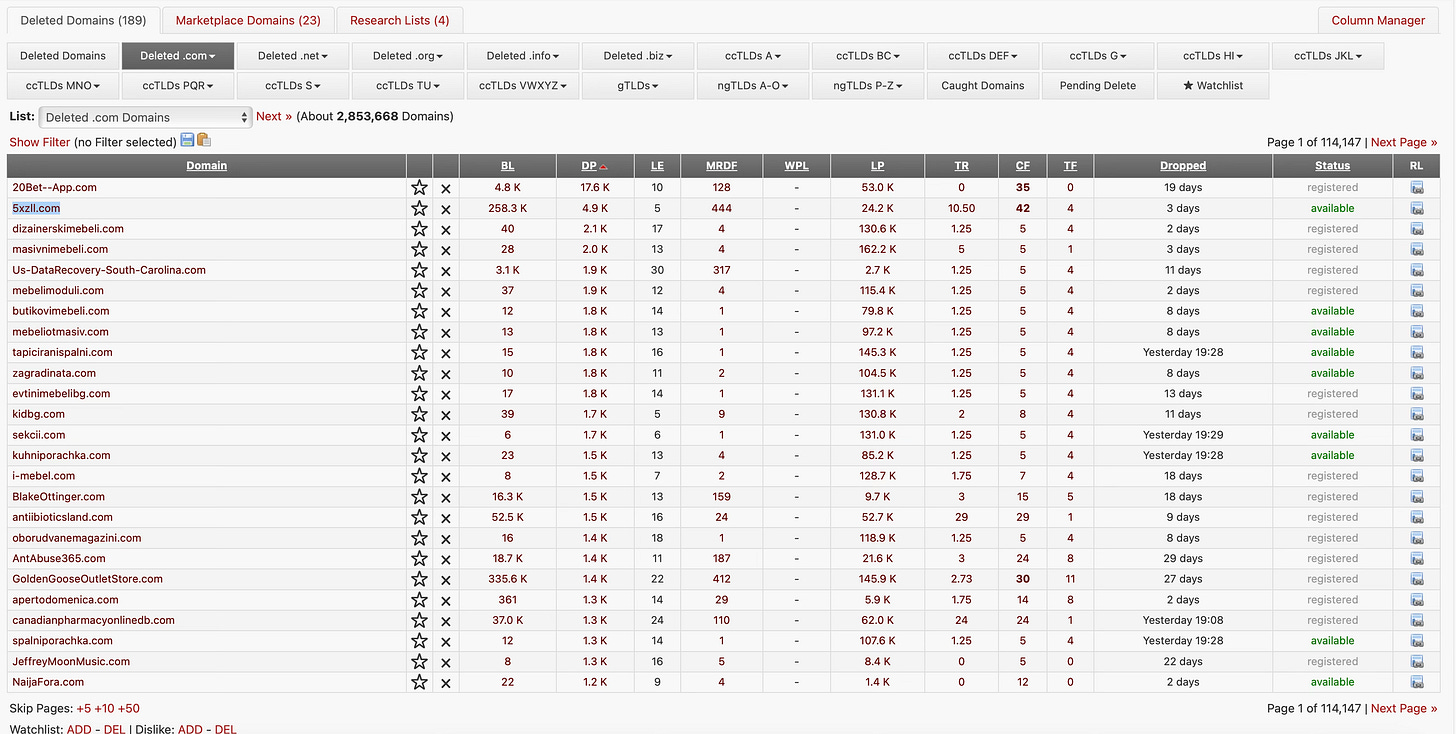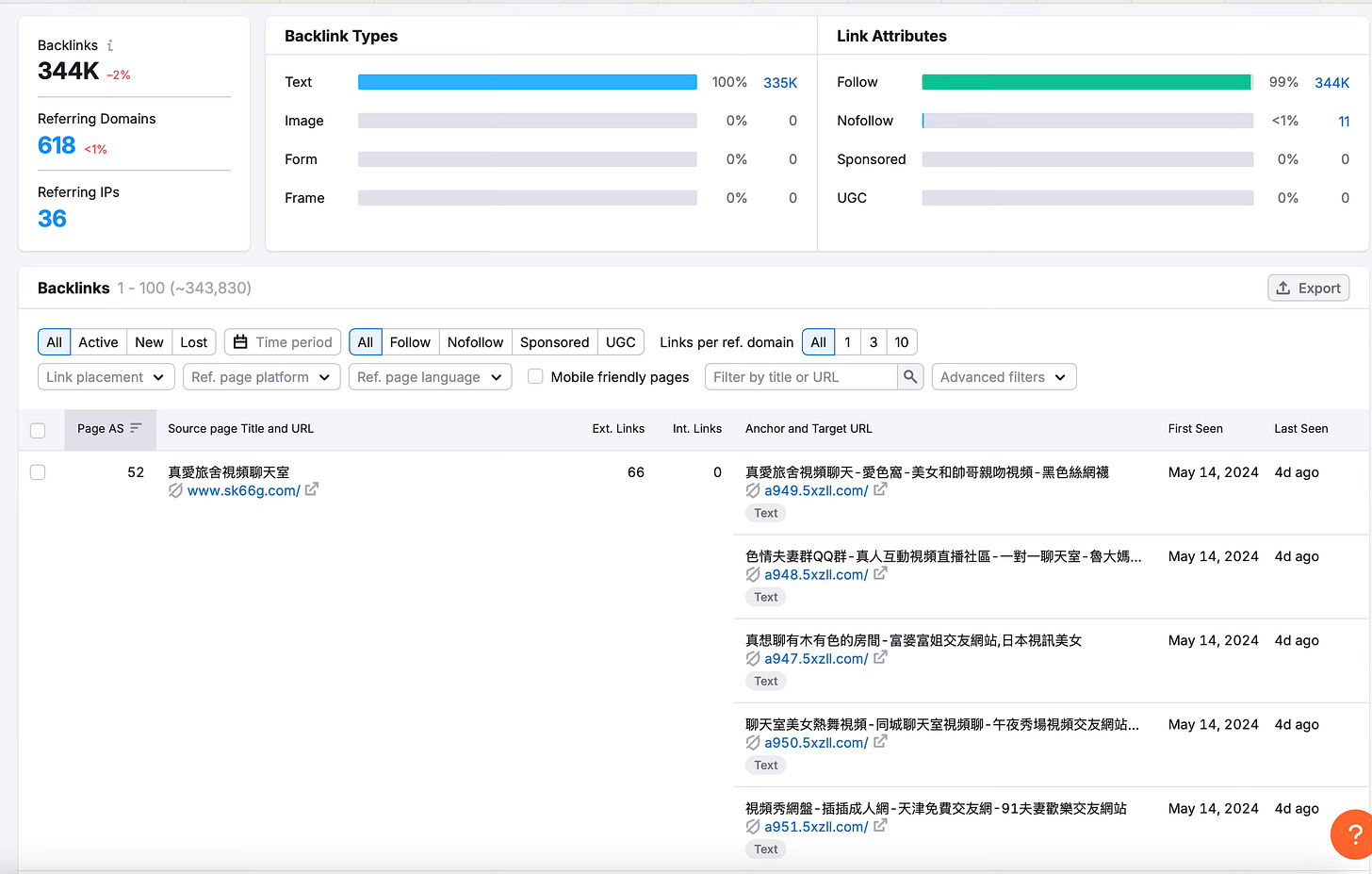Domain for Your Directory: How to Choose
How to choose a domain for your directory site that Google will love?
Choosing a domain for your directory website is like picking the perfect name for your first business.
Sounds easy, right?
But then you start Googling, and before you know it, you’re debating for hours whether superdirectory.com or ultra-directory.biz sounds better (spoiler: neither works).
I’ve been building directories since 2017, launching over 40 of them along the way.
Today, I’ll share my tips on how to choose the right domain for your directory.
Key Principles for Choosing a Domain
Simplicity and Clarity
This one’s easy: the shorter and simpler, the better. Imagine someone trying to type your site’s address manually. If your domain looks like superdirectoryforlocalbusinessesinyourcitywithreviewsandmore.com, you’re either a genius or a masochist. Short domains are easier to remember, look better in search results.
Using Keywords (EMD)
This is your fast track to Google’s heart. Exact Match Domains (EMD), which exactly match your main keyword, are performing very well right now. For example, if you’re building a directory of dentists in Warsaw, something like warsawdentists.com or even dentistdirectory.pl is perfect.
Such domains not only help users understand what your site is about but also signal to Google that your project is highly relevant to user queries.
Checking the Domain’s History
Why Checking Matters
A domain with a shady past could be banned by Google or carry so much spam baggage that even paid links won’t save it.
Tools to Check Domain History
Wayback Machine
This tool lets you see what content used to be on the domain. For example, if the domain was used to sell sketchy pills or host questionable doorway pages, it’s better to keep looking. Wayback Machine is basically a time machine, but for your domainAhrefs or SEMrush
These tools will give you insights into the domain’s backlink profile. If it’s full of spam, adult sites, or gambling pages, run faster than when your friend pitches their latest startup idea and asks for a loanGoogle Search Console
If you have access to the domain (or someone grants it to you), make sure to check Google Search Console for penalties or other issues. A warning like “Manual Action” is basically the equivalent of a letter from the IRS — nothing good is coming out of it.
Drops as a Secret Weapon for SEO?
What Are Drop Domains?
Drop domains are domains that the previous owner decided not to renew. Think of it like a vacant apartment: someone moved out, and now it’s available.
The difference?
The "apartment" might have golden faucets (high-quality backlinks) or be on the verge of collapse (spammy links and Google penalties).
Why Are Drops Interesting for SEO?
A drop domain often comes with a pre-built foundation: backlinks, indexing history in Google, and maybe even some residual traffic.
How to Find a "Fat" Drop?
ExpiredDomains.net
This is where you can browse thousands of recently dropped domains. Filter them by parameters like backlink count, domain zone, and keywords in the name. But don’t rush—there’s treasure here, but also plenty of junkAhrefs or SEMrush
Once you spot an interesting domain, run it through SEO tools. A good drop will have high-quality backlinks and no history of shady activities. If you see a lot of links from gambling, adult sites, or worse—run for the hills.
Manual Google Check
Type the domain into Google (using command “site:domain.com“) and see if it’s indexed. If it’s not, that’s not always a dealbreaker, but it could mean the domain has a penalty.
Local vs Global Domain
Local Domain: Staying Close to Home
If your directory is targeting a specific country or region, a local domain is the way to go. For example:
For Poland – .pl
For France – .fr
For Germany – .de
Local domains have several advantages:
Trust from local users. People often trust websites with a familiar domain zone more.
Easier to rank in local search. Google tends to favor local domains for local queries.
But there’s a catch: if you ever decide to expand your directory to other countries, your katowicedentists.pl won’t exactly scream relevance to users in Berlin or Paris.
Global Domain: Pizza for Everyone
Global domains like .com are a universal solution that works worldwide. They come with their own benefits:
Prestige and versatility. .com domains are the "classic choice" and are perfect for international projects.
Ease of promotion. You’re not limited to one country and can scale your directory across multiple regions.
However, if you’re focusing on one country, a .com domain might feel less localized. For example, warsawdentists.com has a slightly international vibe, which could make Polish users think it’s not a “local” site.
What to Choose?
If your directory is a local project targeting one country, go with a local domain. It’s user-friendly for the local audience and will help you rank higher in regional search results.
If your project has global ambitions and you plan to expand, choose .com. It’s a classic, reliable option that offers flexibility for the future.
Legal Aspects
Checking Brand Uniqueness
Imagine you finally found the perfect domain, built your site, and six months later, a big guy with a logo on his shirt shows up and tells you that this brand has been his since 2010.
Checking brand uniqueness is like asking if a table is available at a restaurant before sitting down.
How to check:
Google Search: Look up your domain name and see if there’s already a brand with the same name. If there is, it’s better to find another option.
Trademark databases: For example in the U.S., it’s USPTO. Make sure your domain doesn’t conflict with an existing trademark.
What to Avoid
Copying someone else’s brand. For example, registering nike-directory.com isn’t a brilliant idea—it’s an invitation to court.
Using protected words. Some countries have words that you can’t use without permission (e.g., “bank”).
Choosing a domain for your site is like picking the right pair of socks: it might seem trivial, but getting it wrong could seriously ruin your day (or your entire SEO campaign). A good domain isn’t just a pretty URL—it’s the foundation of user trust, Google’s affection, and your peace of mind.
Let’s recap the essentials:
Your domain should be simple and clear—something even your grandma could remember.
Check the domain’s history—why inherit a "haunted house" of a website?
Use local or global domains depending on your ambitions.
Don’t forget the legal stuff—Google might forgive some mistakes, but lawyers won’t forgive anything.
So, choose wisely, double-check everything, and let your site be useful, successful, and bring you not just clients but also joy.
And if something goes wrong—well, there’s always another .com zone or... a fresh new domain. 😉







This is a fantastic article with so many helpful tips. I just launched a directory https://bestluggagebrand.com/. When I added it to my Ahrefs dashboard, I was surprised to see that the domain already had a domain rating and 671 backlinks.
I had missed the "check the domain history" step. After reading your article, I looked it up in Wayback Machine. I'm not sure how I feel about my domain's history now. Lesson learned for when I launch my next directory.